-
Posts
25.684 -
Joined
-
Days Won
299
Posts posted by Lion.Kanzen
-
-
19 minutes ago, Lion.Kanzen said:
I don't get it, what's the connection between olives and metal?
You have to think about coins and wealth and the trade generated from industry.
-
-
-
-
We had already discussed having a phase 3 building that would be like a plantation.
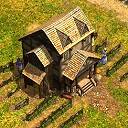
.jpeg.12332f6ed3463a4b27ad35257f9f7eb3.jpeg)
Different civilizations have different production buildings.
-
This is like me.
-
To get a little inspiration.
-
 1
1
-
-
4 hours ago, Vantha said:
It works for me.
Try to move the camera around. It was pointing into the void too when I opened it.
I'll try.
-
4 hours ago, Vantha said:
Looks pretty accurate. Three things:
Firstly, the city is built on this peninsula:
It looks quite small on this image. Make sure it's large enough in the game to accomodate for an average P3 base. And the map should not cover the whole area shown in this image in my opinion. Else it will get too big. I'd aim for depicting approximately this area:
Secondly, I'd add some unevenness to the terrain. It gives the map more "character". And there were (and are) actually small hills in this region. This map includes contour lines:
Thirdly, there should be no full connection between these to headlands here:
... as it can be seen in the images I shared earlier in the thread. Some bridges were built across it, but in the game it should be impassable by foot.
I'm going to fix it.
-
 2
2
-
-
-
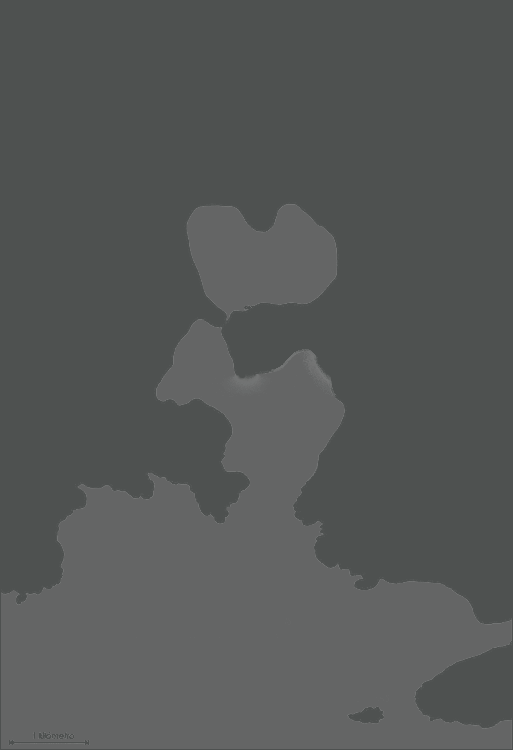
this will be the map.
-
 1
1
-
-
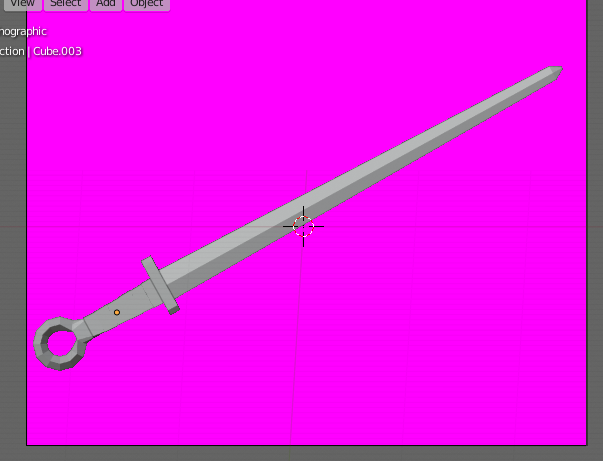
you must remember that it is not going to be seen at close size as in a first person game it is going to be seen from above from far away.
the handle has a lot of detail.
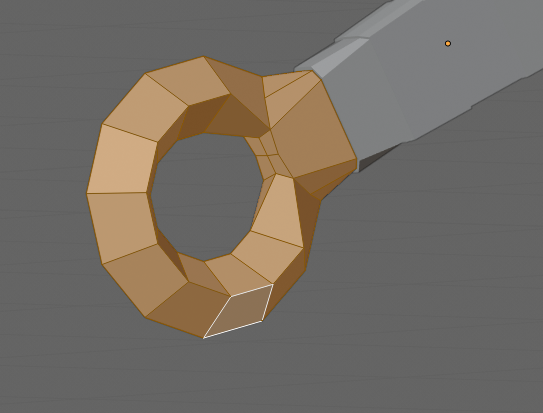

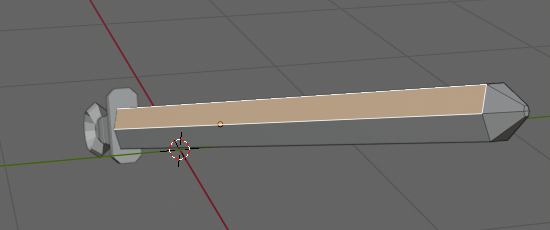
-
 1
1
-
-
I left you a little task.
We will use it to decorate certain maps.
-
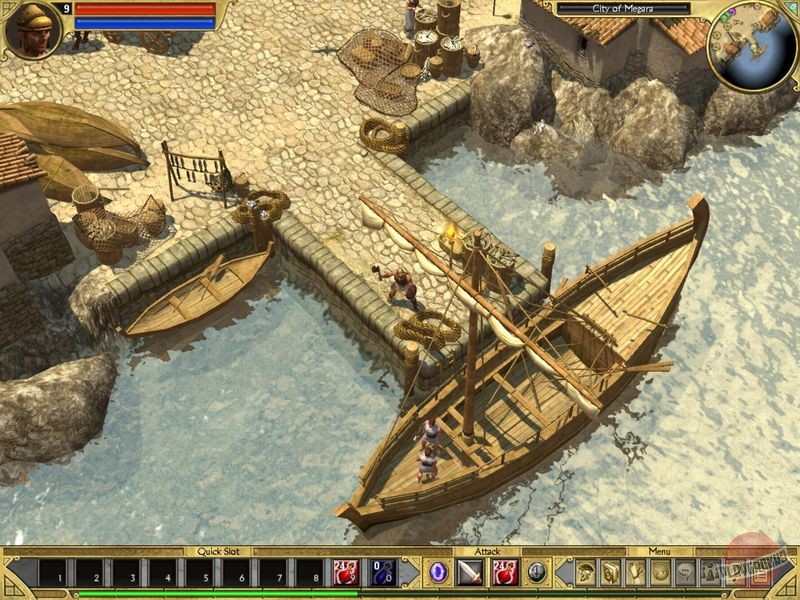
I want a stone dock.With a boat included.
Here I will post several tasks for you.
I want the stone platform, the props and the boats.
-
3 hours ago, Kiselena said:
fishing rack
That's why I gave you the topic of Eyecandy, they are simple tasks.
I will try to find it for you.
-
3 hours ago, Kiselena said:
Lion.Kanzencan you please give feedback is my sword is looks more or less fine? I don't have much experience with lowpoly yet and may be I'm missing something important
Ok, I'll take a look at it.
-
-
-
I like a lot of things about the graphic concept, Many can be seen in this gameplay,This goes from the ground textures to the pine trees, to the interface,to the map.
-
-
-
-
I'm thinking of a new mechanic for making settlements.
I have named it; Populate.
I got the basic idea from Empire Earth, but it's different.
The Empire Earth wiki says:
"Populating is the act of placing Citizens inside a Settlement, Town Center, Capitol or Granary in order to increase the resource gain from each building or to turn it into a different building. To populate a building, select the desired number of citizens, click the button next the Explore button and then right-click on the building you wish to populate. You could also just press "G" on your keyboard instead of clicking the populate button."
https://empireearth.fandom.com/wiki/Populating
Basically I intend to create nomadic settlements with this concept, but we will not do it with villagers or CS units.
We will make the settlements with carts.
That was my original idea with nomadic defenses-settlements.
The rest of the idea is from Empires Apart.
In Empires Apart you use this system to make buildings with nomadic Mongols.
The empires apart wiki says:
Mongols buildings (and siege units) are built out of the Qara'utai Tergen, which unpack into buildings for free and can repack at will, allowing for a high amount of mobility.
Basically you create a foundation and you fill it with the required carts until it is finished.
This is how you create a nomadic settlement.
This will happen with nomadic settlements, those consisting of carts or wagons.
I forgot to mention that it's similar to how zerg are played in Starcraft except that you need multiple carts for a settlement and it can be disbanded or disassemble.
-
18 minutes ago, wowgetoffyourcellphone said:
I'm still attack/destroy but the capture points and health were never adjusted to this paradigm.
We have never played with our own feature, never imposed restrictions, bonuses and rarely technologies.
------
I agree with wow.
But we should do experiments with capturing, sometimes it is op.
The towers also need to be rebalanced.It never were balanced since the capture mechanic is used.
-
 1
1
-


.thumb.png.ce58cea22940c255f5b0a735d5abee36.png)
.jpeg.87760574cbf32b85763631aea805734e.jpeg)
.jpeg.a43febd6f5740ec41ed6942e7a56daad.jpeg)
.jpeg.6def95d6dad8601ba77701dbbdc7b121.jpeg)
.png.a6fc7da8d0ee03477a6e62d307a5d9ec.png)
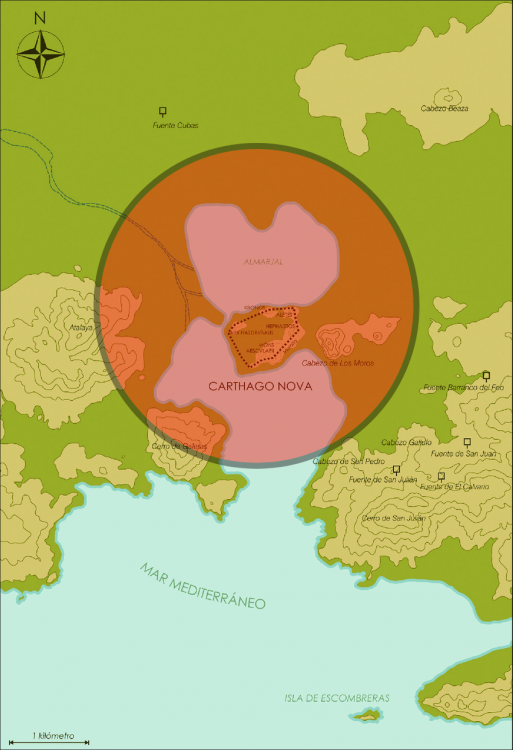
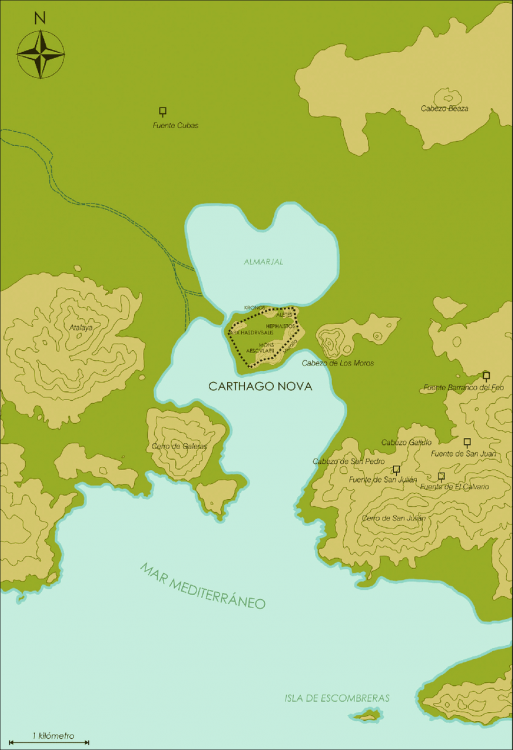
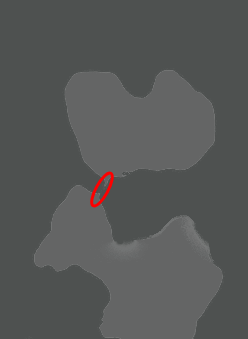



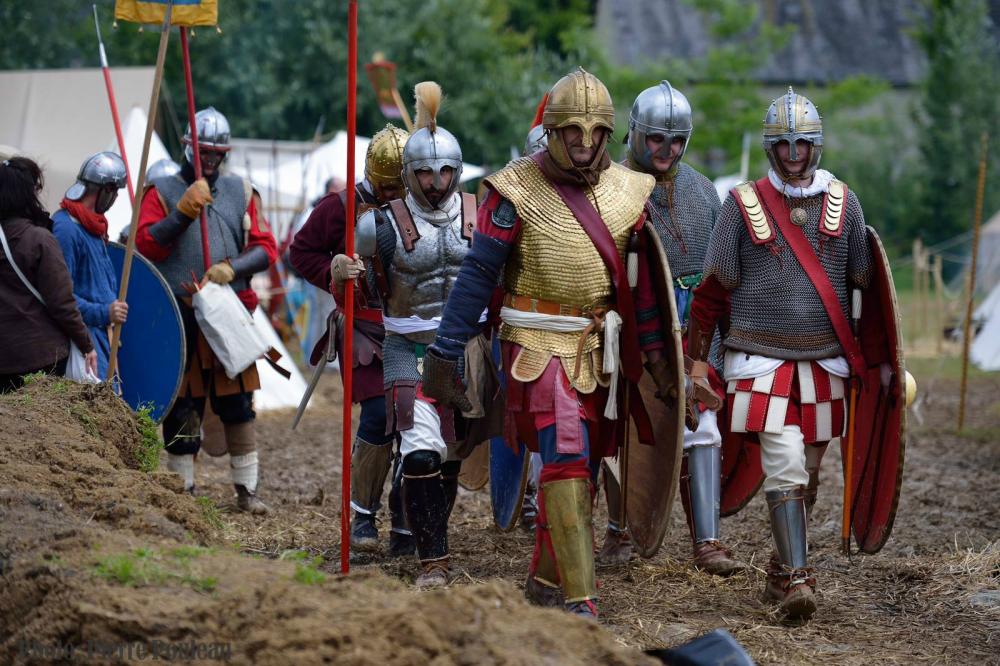

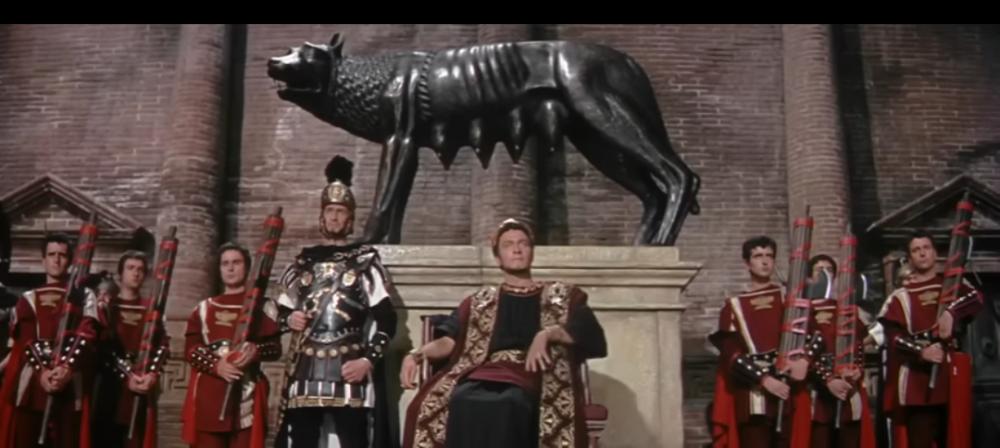
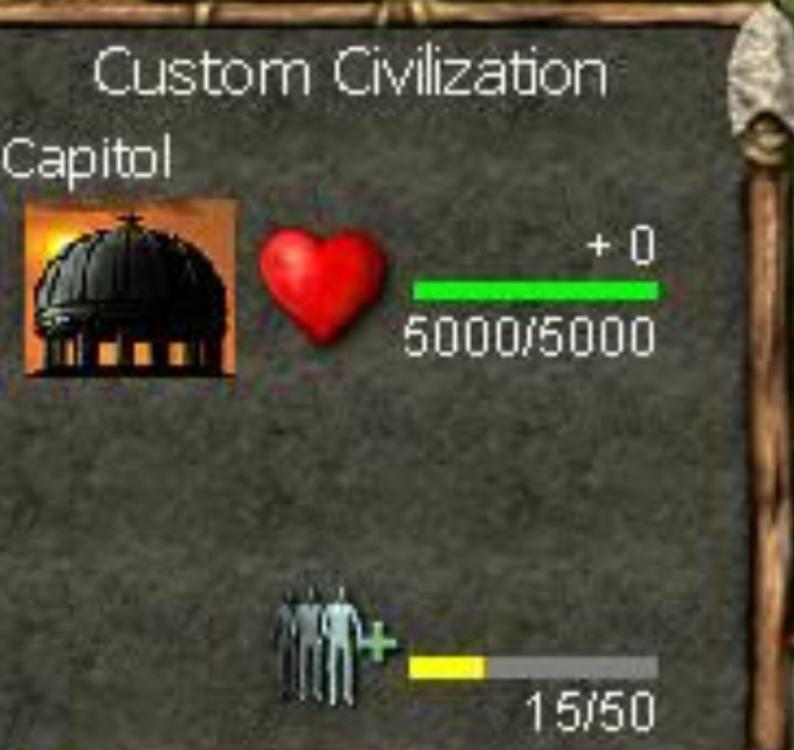
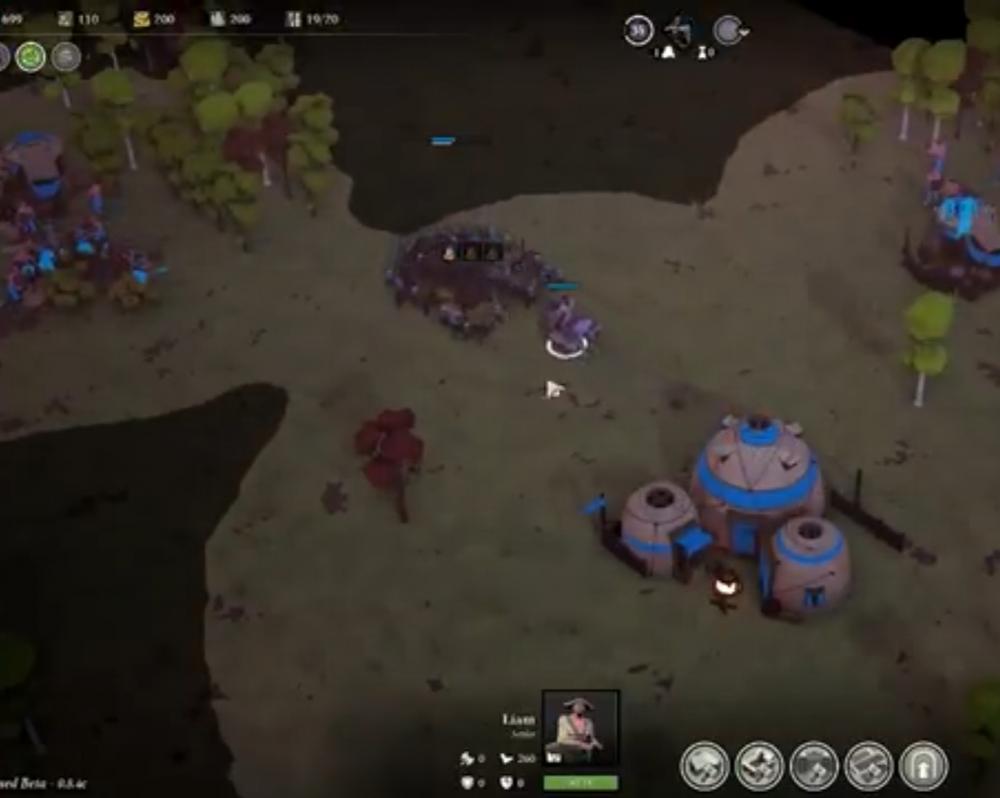
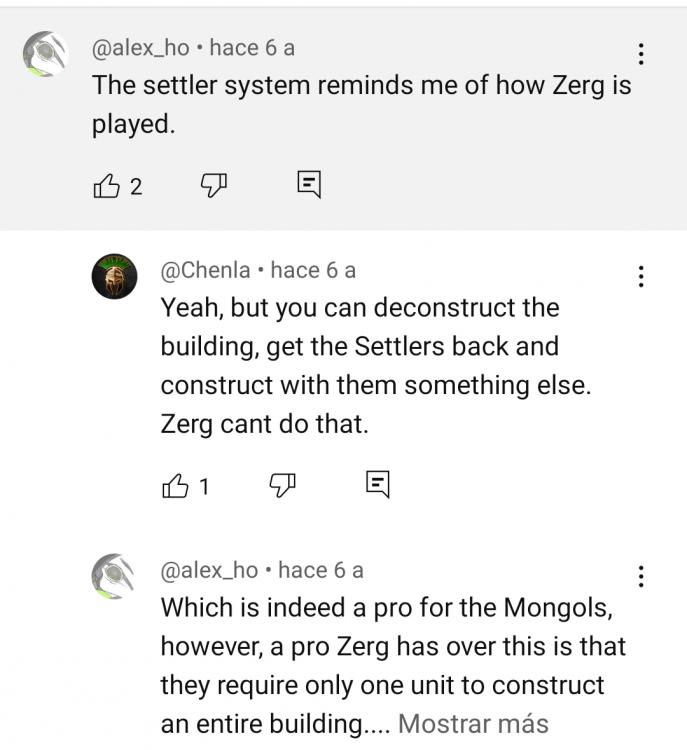
Athenian Olives
in Gameplay Discussion
Posted · Edited by Lion.Kanzen
Olives and olive oil were not only an important component of the ancient Mediterranean diet but also one of the most successful industries in antiquity. Cultivation of the olive spread with Phoenician and Greek colonization from Asia Minor to Iberia and North Africa and fine olive oil became a great trading commodity right through to the Roman period and beyond. The olive also came to have a wider cultural significance, most famously as a branch of peace and as the victor's crown in the ancient Olympic Games.
Long-lived and drought-resistant, the tree was a handily low-maintenance form of farming. Olive growers usually planted their trees in amongst fruit trees and reared animals so as to have some income in case of an olive crop failure, and it was an easy way to keep groves grass and weed free. The residue from pressing oil from olives could also be used as feed, especially for pigs.
The earliest known presses in Greece come from Olynthos. Several examples have been excavated which used circular millstones to crush the olives. One of the best-preserved olive presses comes from Hellenistic Argilos in northern Greece. As the machine evolved, a winch was added to bring down the beam with greater force.
Uses
Not only were olives and olive oil an important part of the Mediterranean diet and cooking process (and still are, of course) but the oil produced from pressed olives was also used for many other purposes. Greeks and Romans used it to clean their bodies after exercise – smearing it on so that it collected dirt and sweat and then scraping it off using a metal instrument called a strigil. Olive oil was used as a fuel in terracotta (and more rarely metal) lamps, as an ingredient of perfumes, in religious rituals, for massages, as a multi-purpose lubricant, and even prescribed as a medicine.
The Athenians considered the olive tree a gift from their patron goddess Athena, and this very tree grew on the acropolis of the city. They had an entire sacred grove of olive trees (moriae) too, from which oil was pressed and placed into uniquely decorated amphora vases to be given as prizes in the annual Panathenaic festival.
Olive branches came to signify peace. Herodotus tells us that in the early 5th century BC Aristagoras of Miletus carried one when he went to negotiate help from Cleomenes during the Ionian Revolt against Persia so that he would not be turned away from the Spartan king. Olive branches were also carried by pilgrims who visited the sacred oracle of Apollo at Delphi.
https://www.worldhistory.org/article/947/the-olive-in-the-ancient-mediterranean/